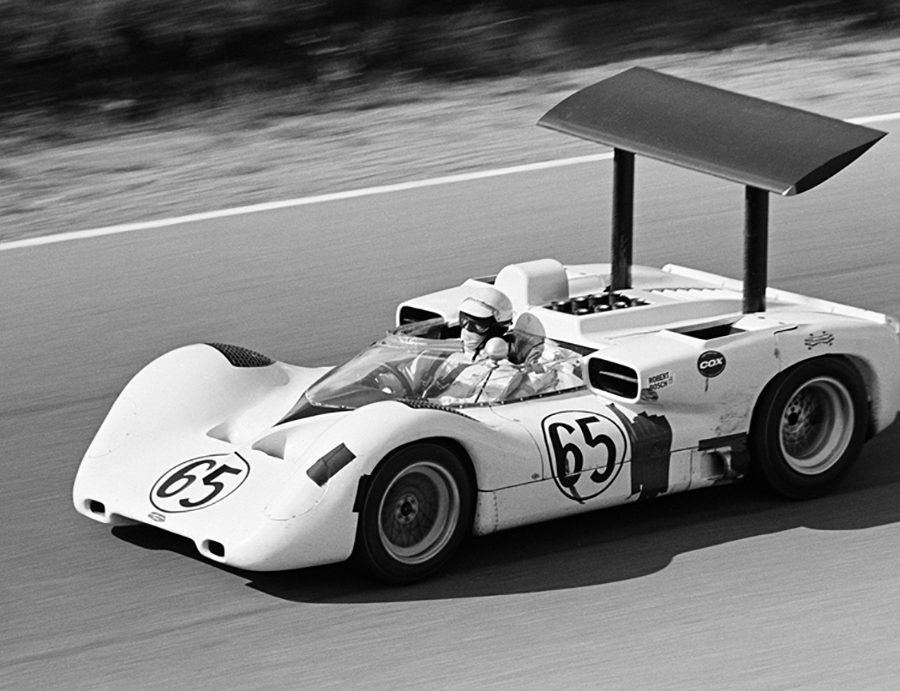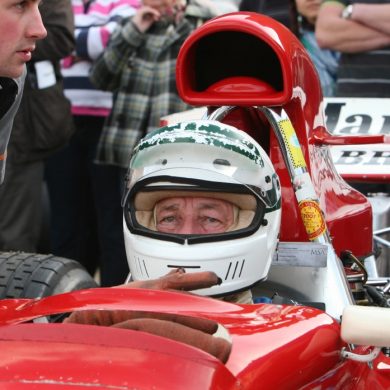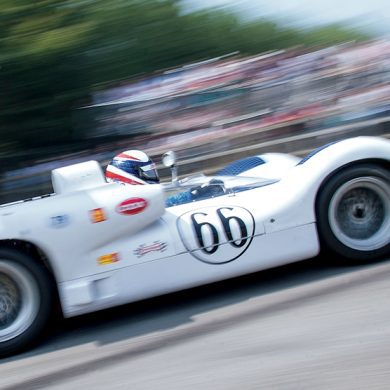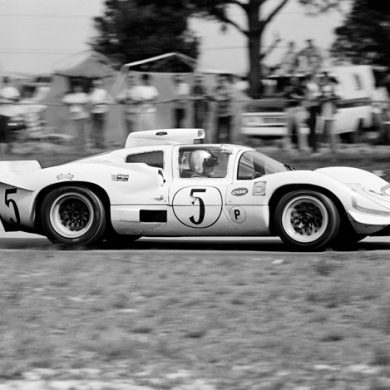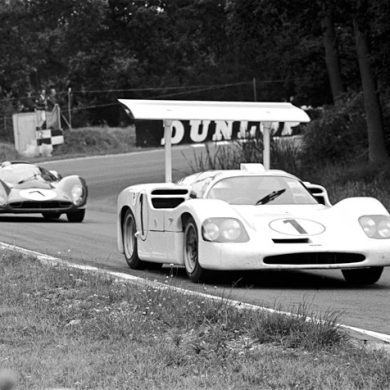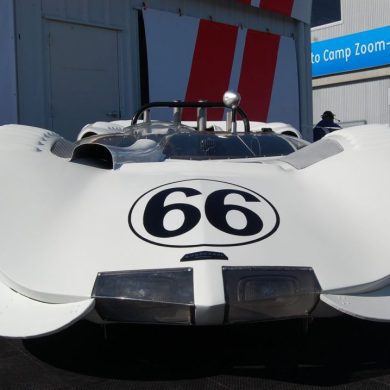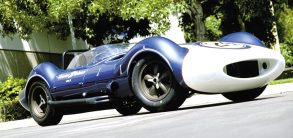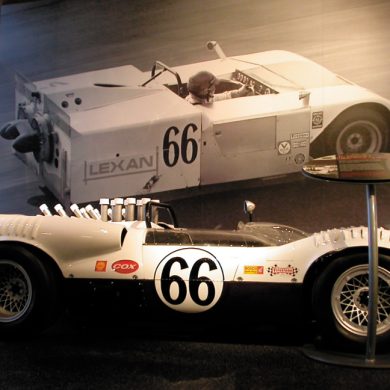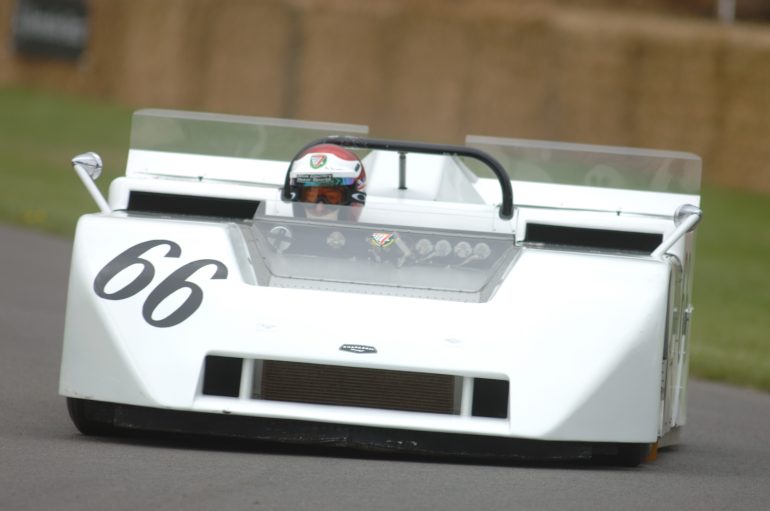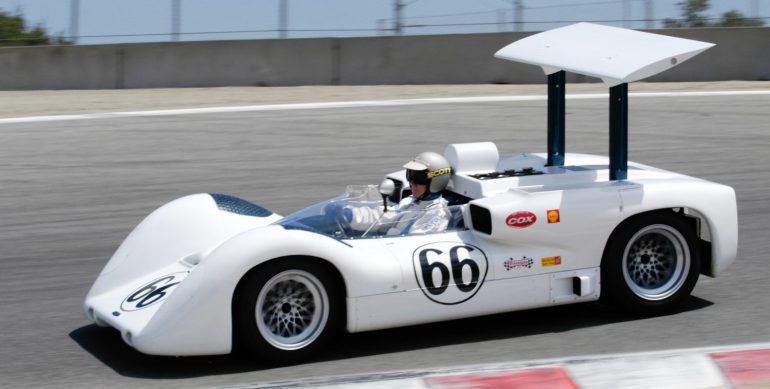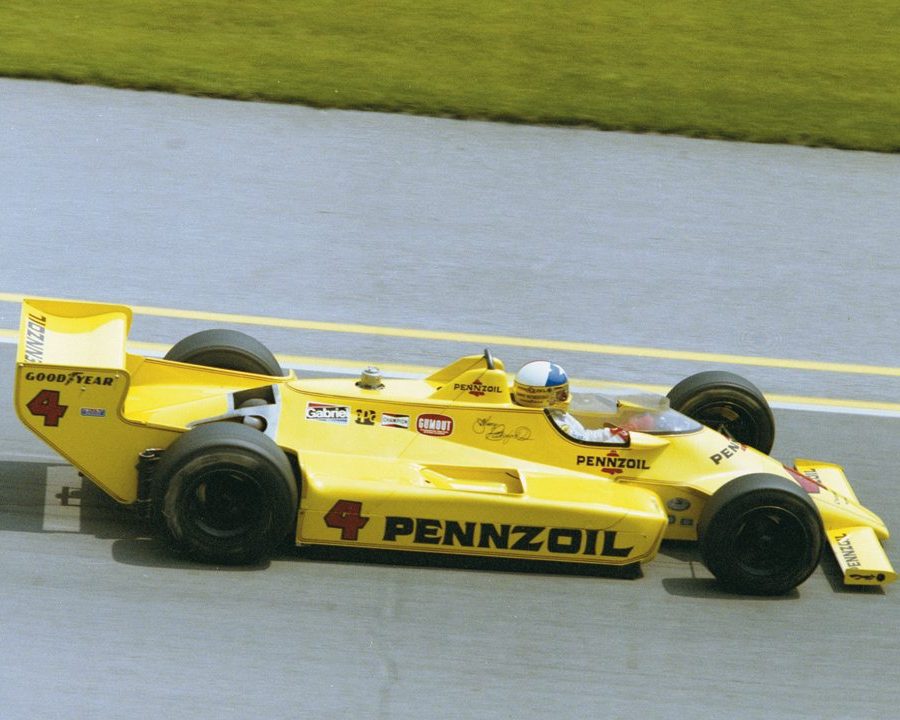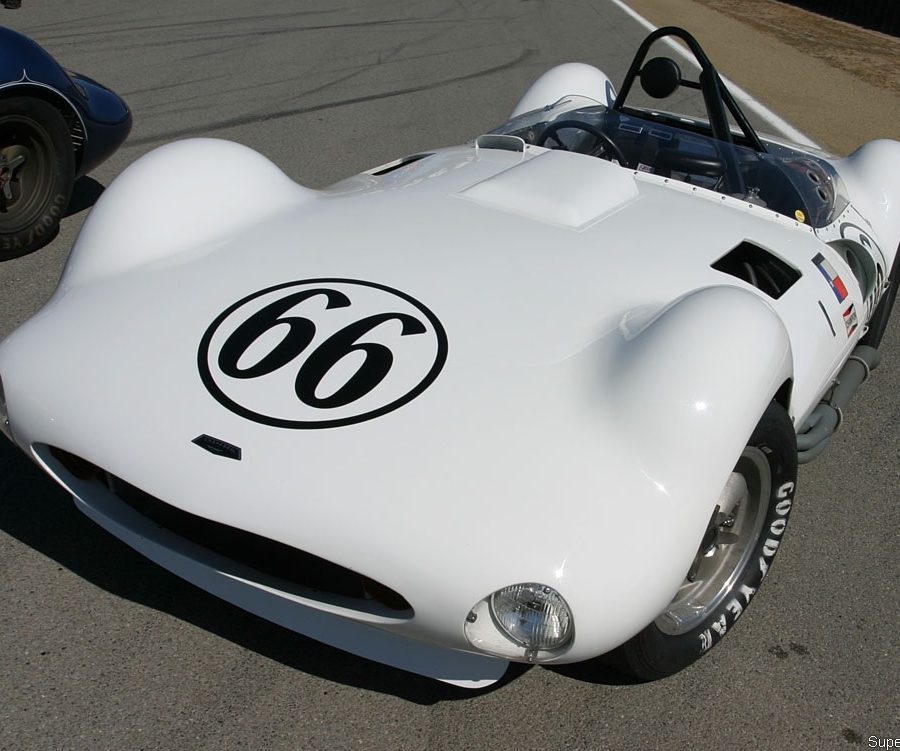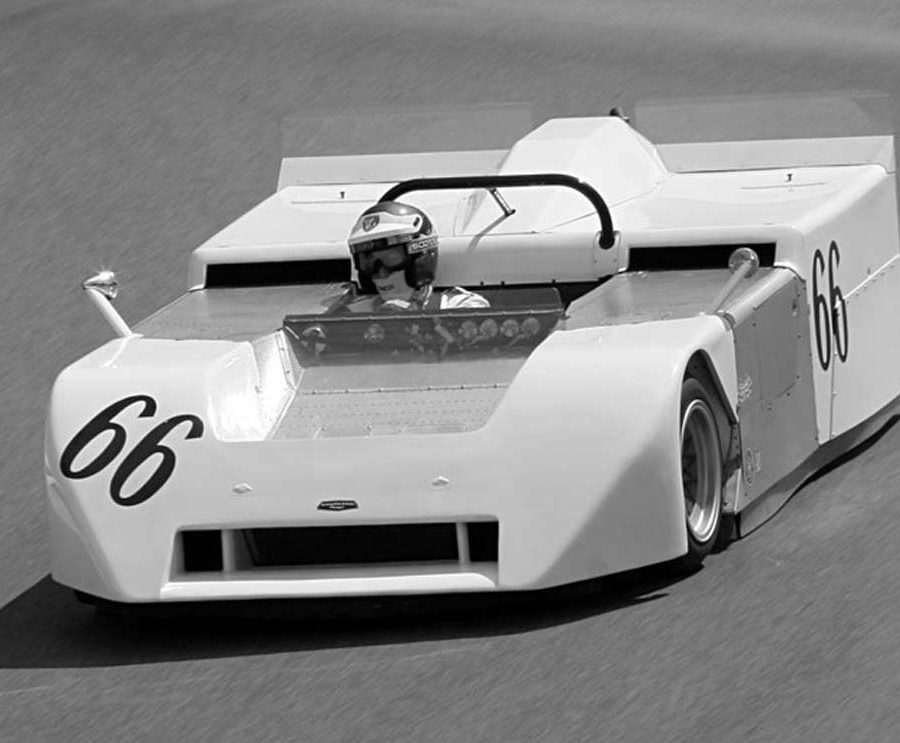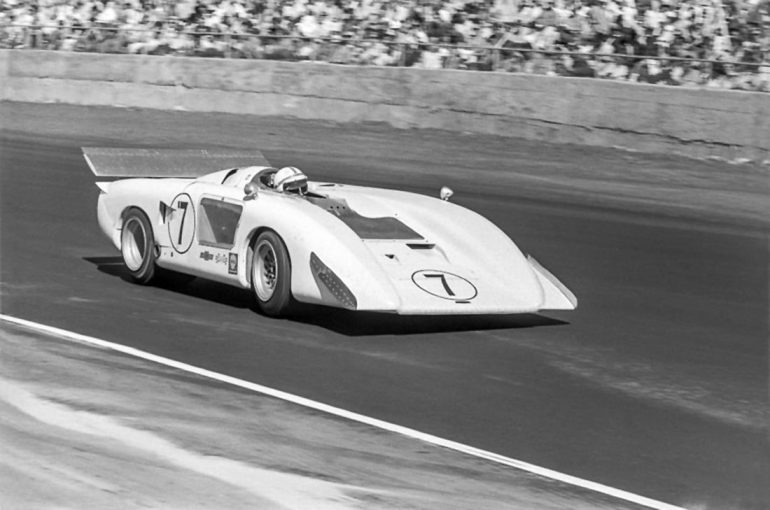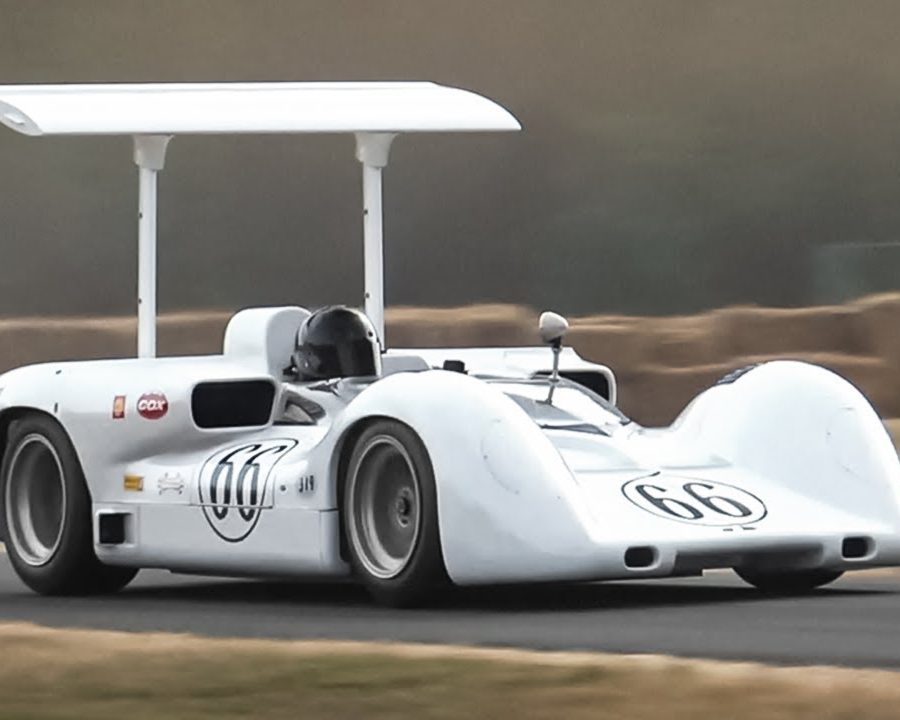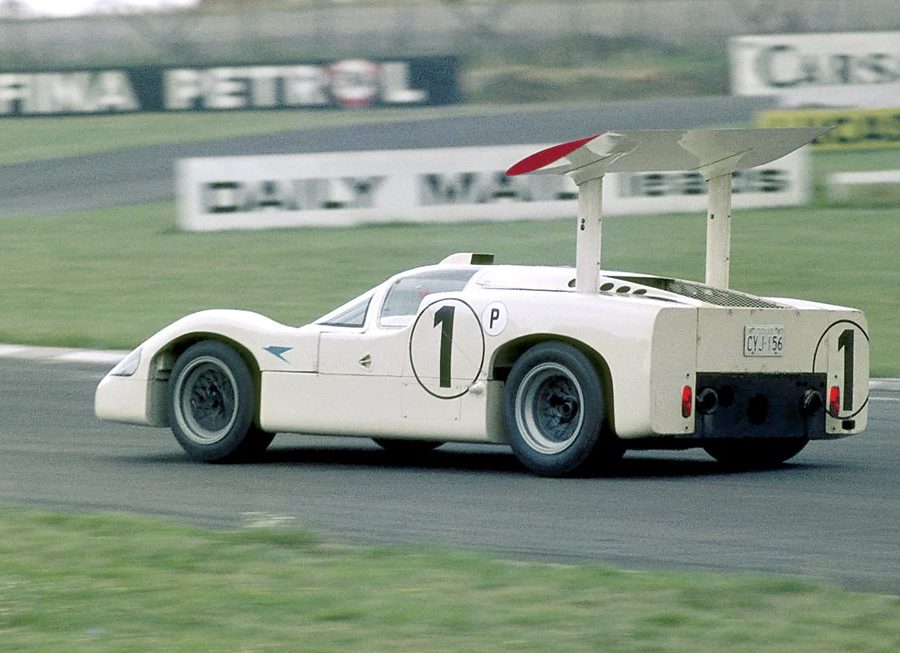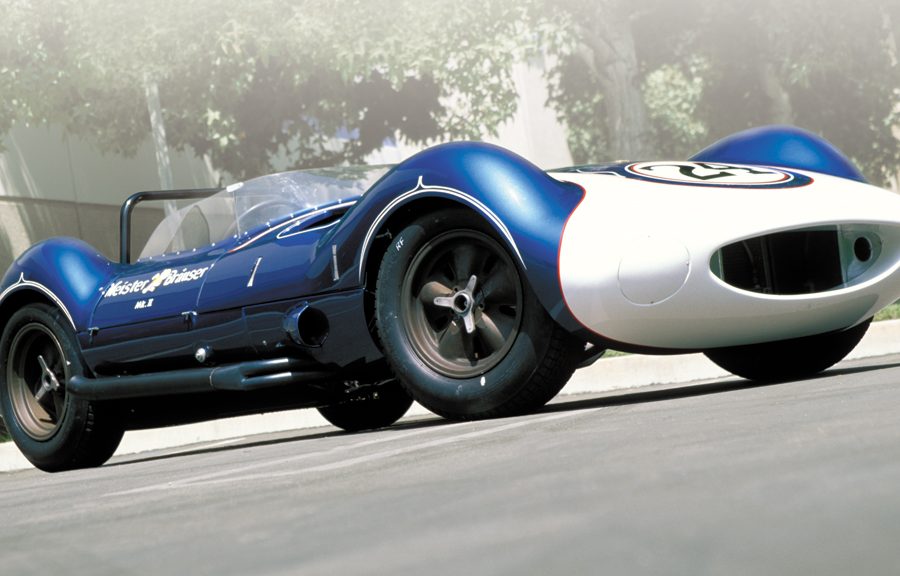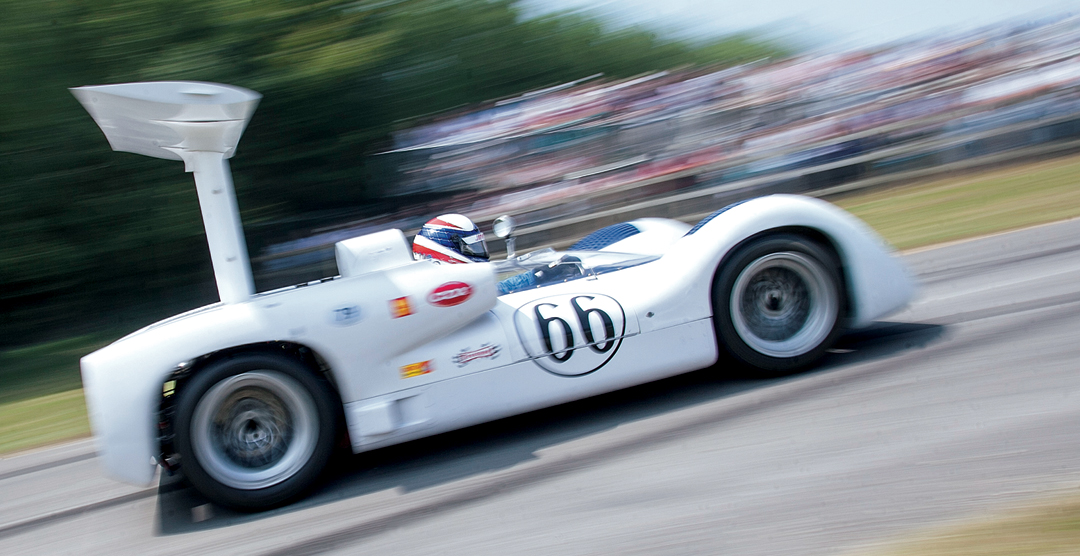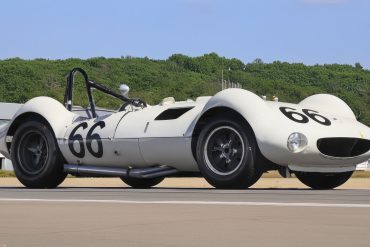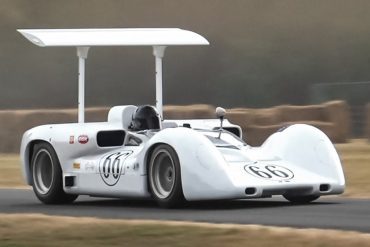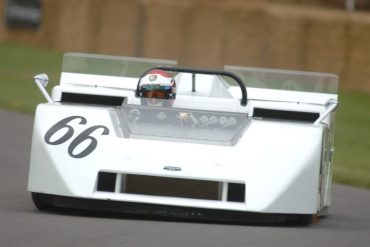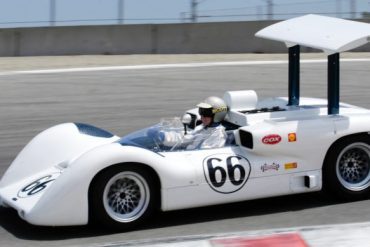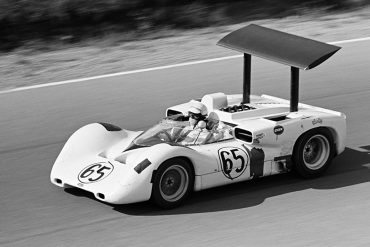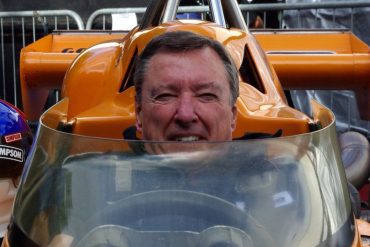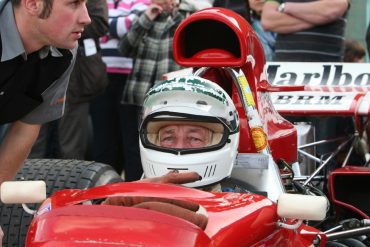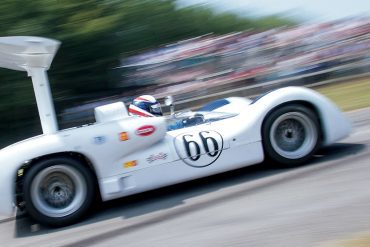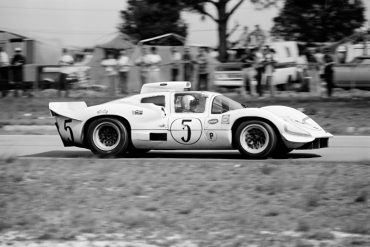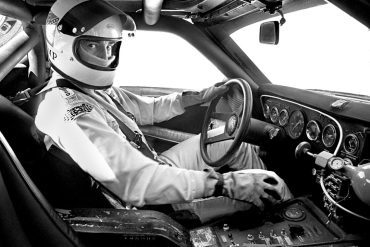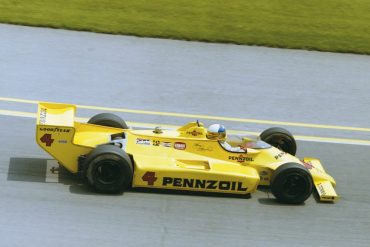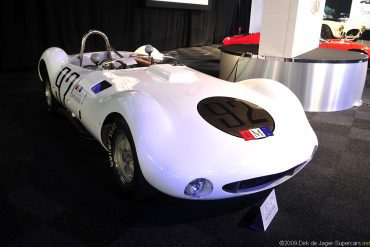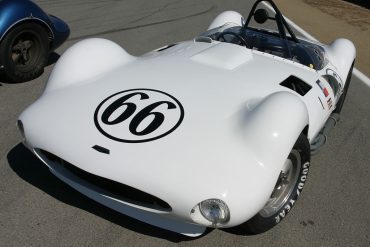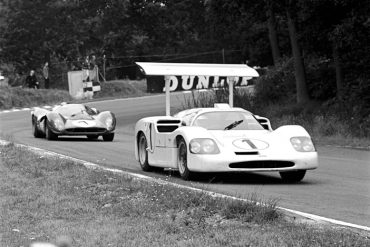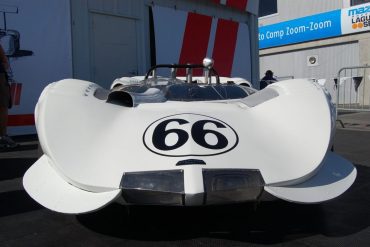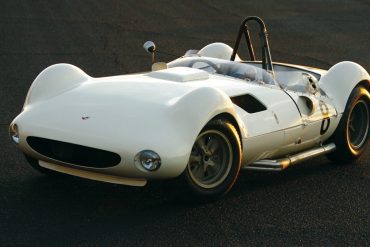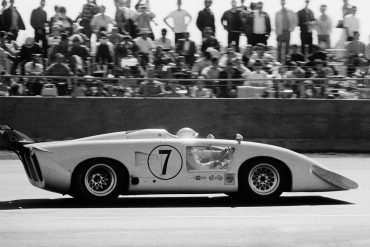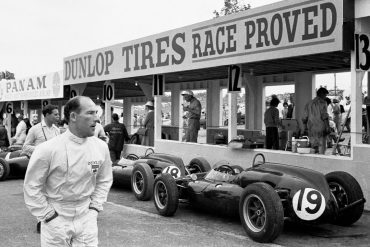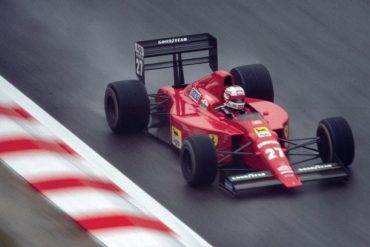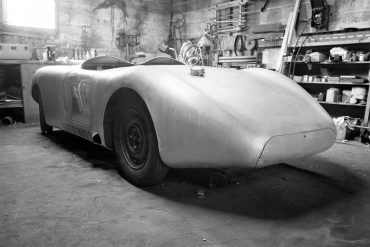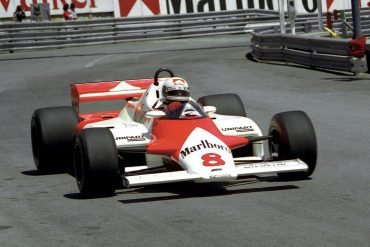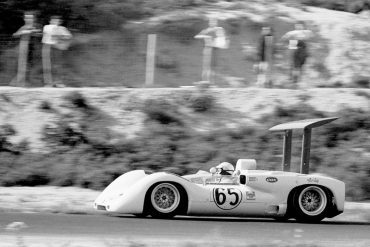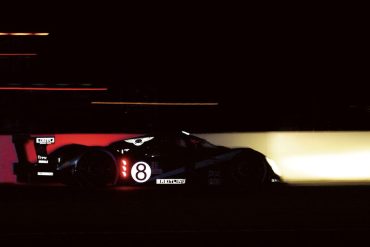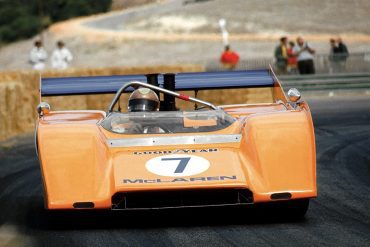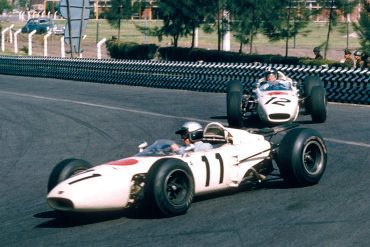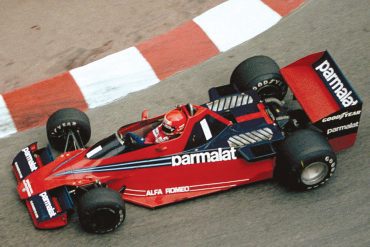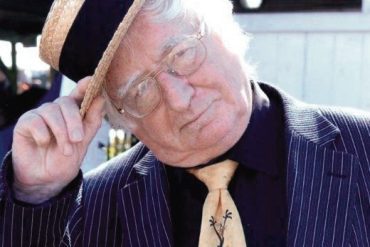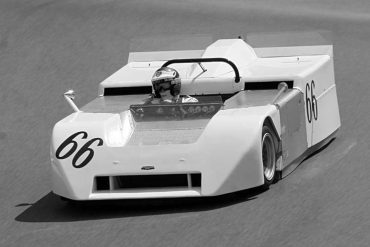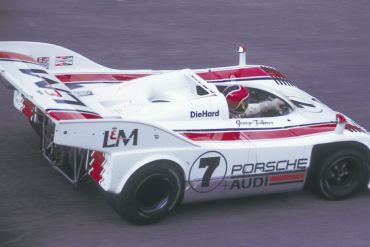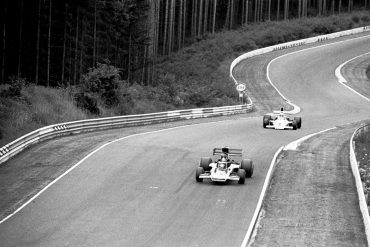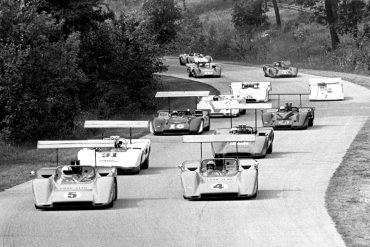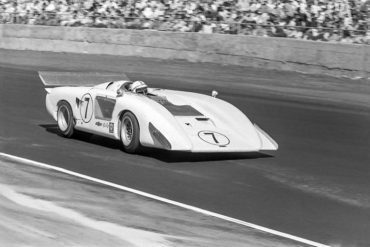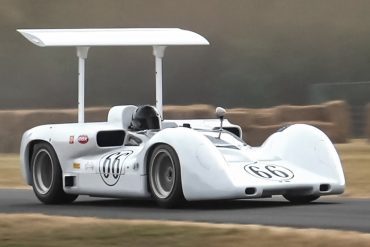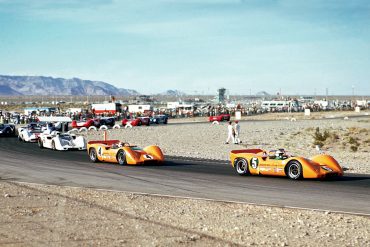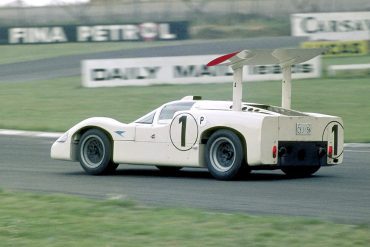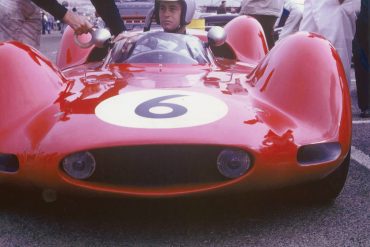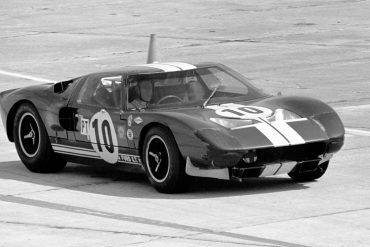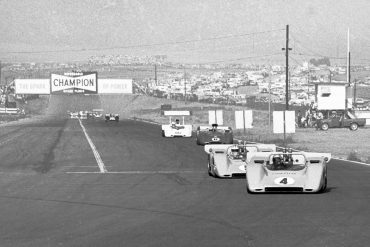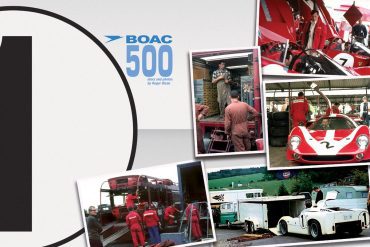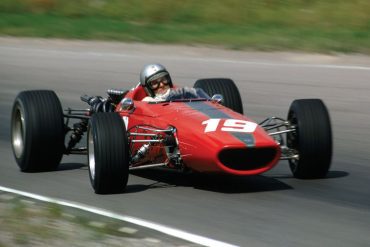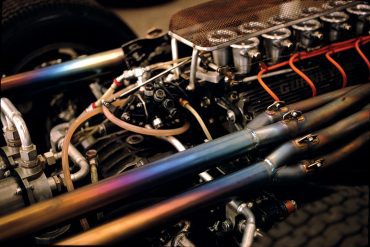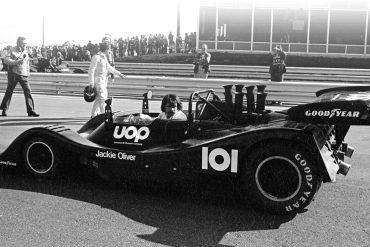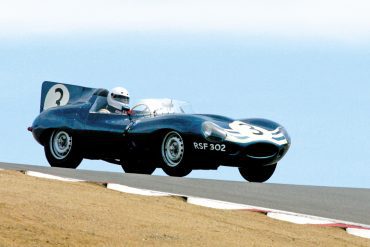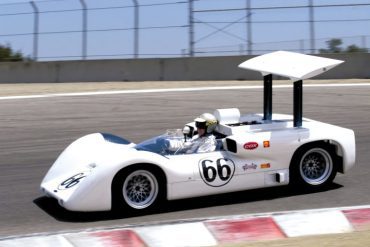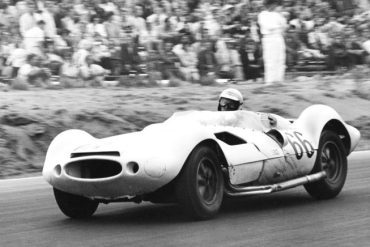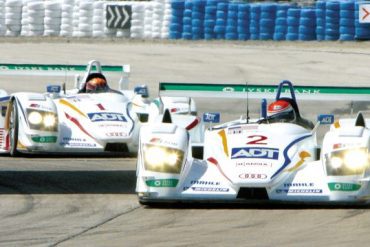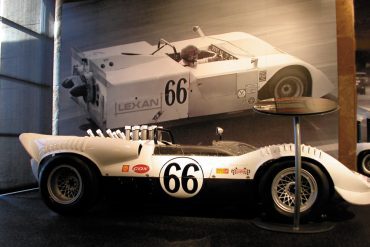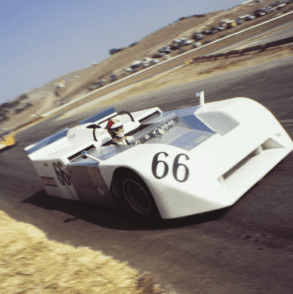
Chaparral
Research, History, Reviews, Media & More
Introduction / Featured Stories / Model Guides / News & Updates
Chaparral: The Pioneers of Racing Innovation
Chaparral Cars is a name that stands out in the history of motorsport, not just for its success on the track, but for its groundbreaking innovations that changed the way race cars were designed and built. Founded by Jim Hall, an engineer and racing driver with a passion for pushing the limits of technology, Chaparral became synonymous with cutting-edge design, particularly in the realms of aerodynamics and lightweight construction. This post delves into the founding of Chaparral, its storied history, the iconic car models it produced, and the milestones that defined its legacy in racing.
The Founding Vision: Jim Hall and the Birth of Chaparral
Chaparral Cars was founded in 1962 by Jim Hall in Midland, Texas. Hall, who had a background in engineering and a deep passion for racing, wanted to create cars that could outsmart the competition not just with raw power, but with innovative design. Hall’s approach to car building was deeply rooted in his engineering knowledge, and he saw racing as the ultimate test bed for new ideas and technologies.
From the outset, Chaparral Cars was focused on pushing the boundaries of what was possible in racing. Hall’s engineering acumen and willingness to experiment with unconventional ideas quickly set Chaparral apart from other racing teams.
The Evolution of Chaparral: A Legacy of Innovation
Chaparral’s journey through the 1960s and 1970s is marked by a series of pioneering innovations and car models that have become legends in the world of motorsport:
Chaparral 2 Series: The Beginning of a Revolution (1963-1967):
The Chaparral 2 series, introduced in the early 1960s, was the first major step in Hall’s vision of using advanced aerodynamics and lightweight materials to gain an edge in racing. The Chaparral 2A, 2B, and 2C models were notable for their use of fiberglass chassis, a significant innovation at the time. These cars were lightweight, strong, and allowed for greater flexibility in design.
One of the most significant developments during this period was the introduction of the Chaparral 2E in 1966, which featured a high-mounted, adjustable wing. This wing, which was directly connected to the rear suspension, allowed the driver to adjust the downforce while driving, providing better handling and stability at high speeds. The 2E’s wing concept became a precursor to the aerodynamic aids that are now standard in modern racing.
Chaparral 2D: Endurance Racing Success (1966):
The Chaparral 2D was the first closed-cockpit car from the brand, designed specifically for endurance racing. It made its mark by winning the 1966 1000km Nürburgring, one of the most prestigious endurance races in the world. This victory was a significant achievement for the relatively small American team, competing against the might of European manufacturers like Ferrari and Porsche.
Chaparral 2J: The “Sucker Car” (1970):
Perhaps the most radical and innovative car in Chaparral’s lineup was the Chaparral 2J, introduced in 1970. Nicknamed the "Sucker Car," the 2J featured two fans at the rear, powered by a separate two-stroke engine, that sucked air from underneath the car. This created a vacuum, effectively "sucking" the car to the track and providing unprecedented levels of downforce, regardless of the car’s speed. The result was a car that could corner faster than anything else on the track.
The 2J’s performance was so dominant that it was quickly banned by the racing authorities, but it left a lasting legacy in the world of motorsport as a symbol of engineering ingenuity and the relentless pursuit of speed.
Chaparral 2F: The High-Speed Endurance Racer (1967):
The Chaparral 2F, introduced in 1967, was another closed-cockpit endurance racer that continued to push the envelope in terms of aerodynamic design. It featured a large adjustable rear wing, similar to the 2E, and was powered by a 7.0-liter Chevrolet V8 engine. The 2F competed in the World Sportscar Championship and achieved a significant victory at the BOAC 500 at Brands Hatch, further cementing Chaparral’s reputation as a leader in innovation.
Special Milestones and Achievements
Throughout its history, Chaparral achieved several significant milestones that have had a lasting impact on the world of motorsport:
Pioneering Use of Aerodynamics: Chaparral was one of the first teams to understand and exploit the potential of aerodynamics in racing. The introduction of high-mounted wings and ground-effect technology set new standards in car design and influenced future generations of race cars.
Innovating with Materials: The use of fiberglass in the construction of the Chaparral 2 series was a major innovation, reducing weight and improving performance. This focus on lightweight materials has since become a fundamental aspect of race car design.
Automatic Transmission in Racing: Chaparral was among the first to introduce an automatic transmission in a race car with the Chaparral 2D, a bold move that showcased Hall’s willingness to challenge conventional thinking in motorsport.
Ground-Effect Technology: The Chaparral 2J’s use of ground-effect technology was a precursor to the developments that would revolutionize Formula 1 in the late 1970s and 1980s. The principles explored by Chaparral laid the groundwork for the aerodynamic advancements that dominate modern motorsport.
The Enduring Legacy of Chaparral
Chaparral’s legacy is one of innovation, creativity, and a relentless pursuit of performance through engineering. Jim Hall’s vision and willingness to take risks resulted in some of the most innovative race cars ever built, many of which were ahead of their time. Although Chaparral’s active involvement in racing was relatively short-lived, the impact of its designs and technologies continues to be felt in the racing world today.
The Chaparral Gallery at the Petroleum Museum in Midland, Texas, stands as a testament to the brand’s contributions to motorsport, showcasing several of the original Chaparral race cars. Jim Hall and Chaparral Cars have been recognized in various motorsport halls of fame, ensuring that their innovations and achievements are remembered by future generations.
Chaparral Cars
Founded: 1962
Founder: Hap Sharp, Jim Hall
Defunct: 1970
Did You Know
Chaparral Cars was founded by Jim Hall, an American engineer and racing driver, in the early 1960s. Hall's background in engineering and passion for racing led to some of the most innovative designs in motorsport history.
Chaparral was one of the first racing teams to utilize ground-effect aerodynamics. The Chaparral 2J, known as the "sucker car," featured two fans at the rear that sucked air from underneath the car, creating immense downforce and allowing it to corner at incredible speeds. This innovation was so effective that it was eventually banned by the racing authorities.
The Chaparral 2D was one of the first race cars to be equipped with an automatic transmission, specifically a two-speed Chevrolet Powerglide transmission. This was revolutionary in the 1960s and allowed for smoother and faster acceleration, giving Chaparral cars a unique advantage.


